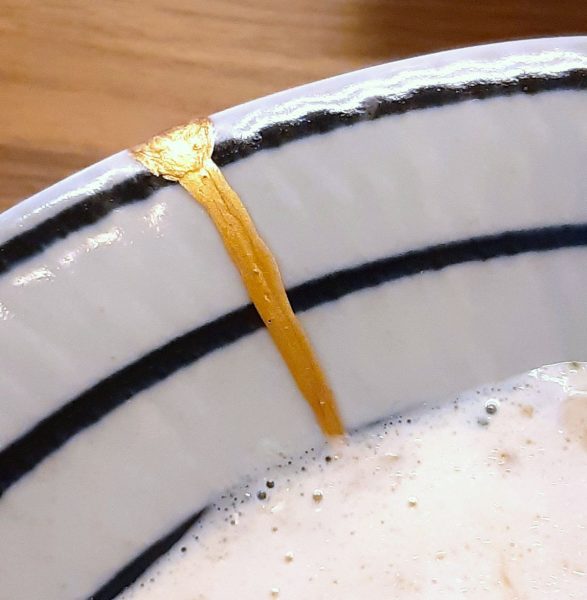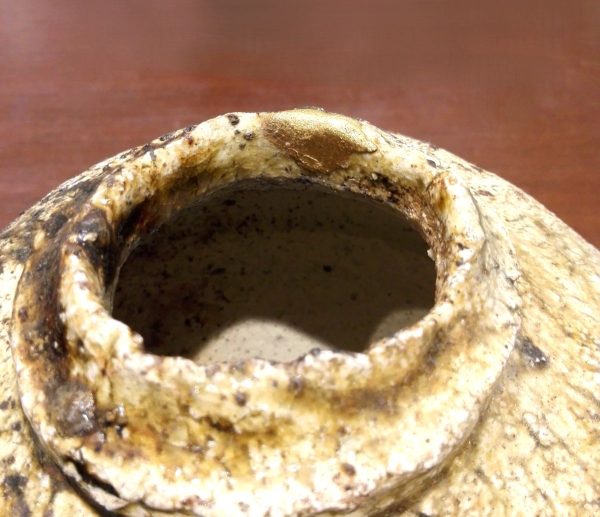What is Shizenha-Kintsugi®?
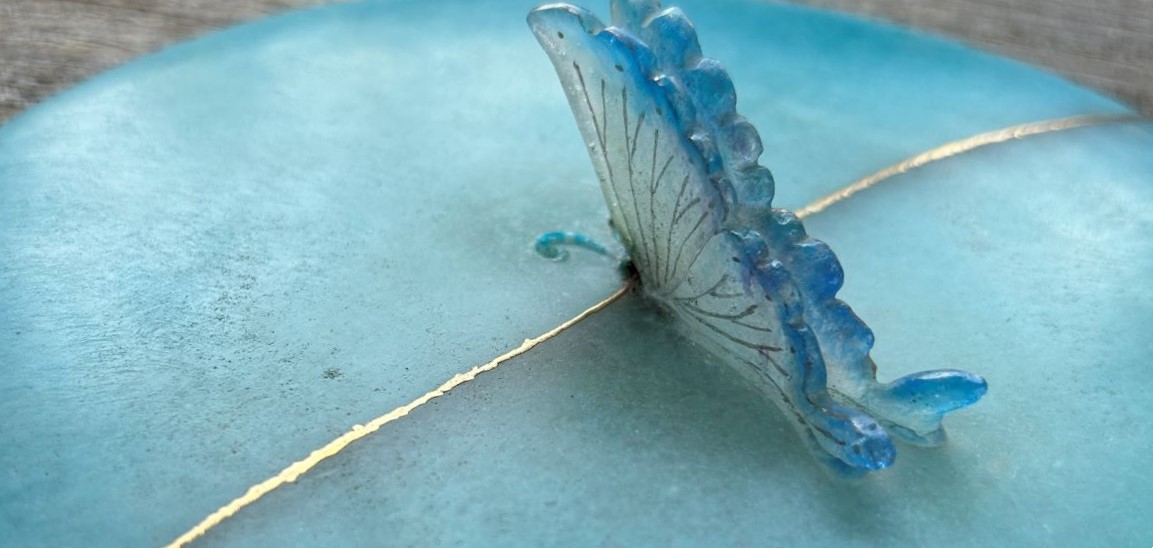
Shizenha-Kintsugi
“Shizenha” means “respect for nature” in Japanese.
“Shizenha-Kintsugi” is “Natural-Kintsugi” that uses only natural materials.
It is based on a true tradition that has been practiced since ancient times.
Based on this tradition, Hakatashitsugei has independently developed and trademarked a method that uses only natural materials, known as “自然派金継ぎ®/Shizenha-Kintsugi.”
This safe and secure technique eliminates concerns about solvents, both during the creation process and when using the finished piece.
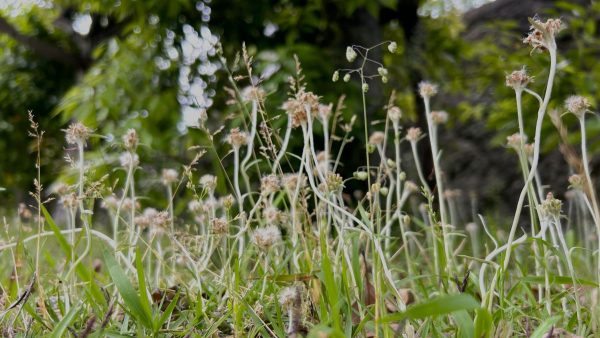

What is kintsugi?
kintsugi is a unique Japanese technique that uses natural tree sap,
called “urushi,” to restore and transform broken ceramics.
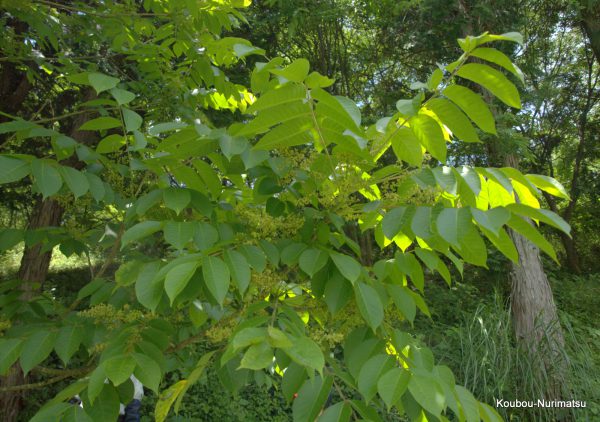
“kintsugi” has been gaining worldwide attention.
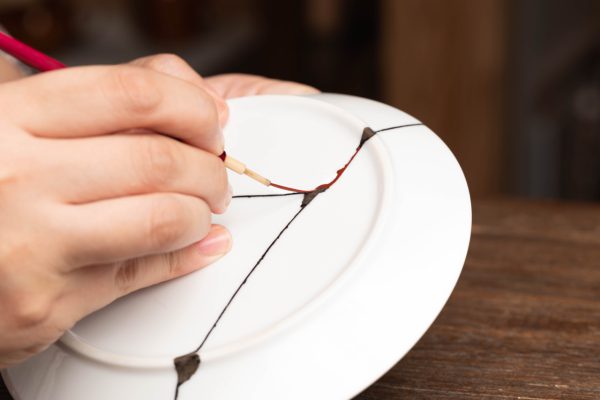

Technical Roots
During the Jomon period, people repaired their cherished pottery using urushi, either to glue or fill in the broken parts— a technique known as “urushi-tsugi.”
It is surprising to realize that the spirit of “MOTTAINAI” (not wasting) has existed since such ancient times.
Earthenware repaired with urushi has been excavated from sites such as the Shimoyakebe Site in Higashimurayama, Tokyo.
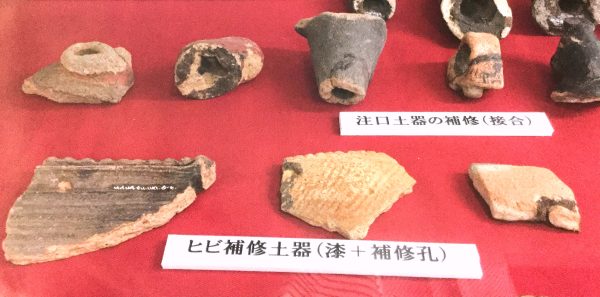
Reference page → Hachikuni-yama Taiken-no-Sato
Pottery with urushi traces, thought to have been used by the Jomon people, has also been discovered at sites like the Oshoro doba Site in Hokkaido
— essentially the “Urushi palette” of their era.

From the Kusado Sengen-cho Site, a medieval market town buried by floods during the Muromachi period, archaeologists have found ceramics repaired with urushi and evidence of urushi workshops.
Since Kusado Sengen-cho was a marketplace, it shows that urushi was a familiar and widely used material.
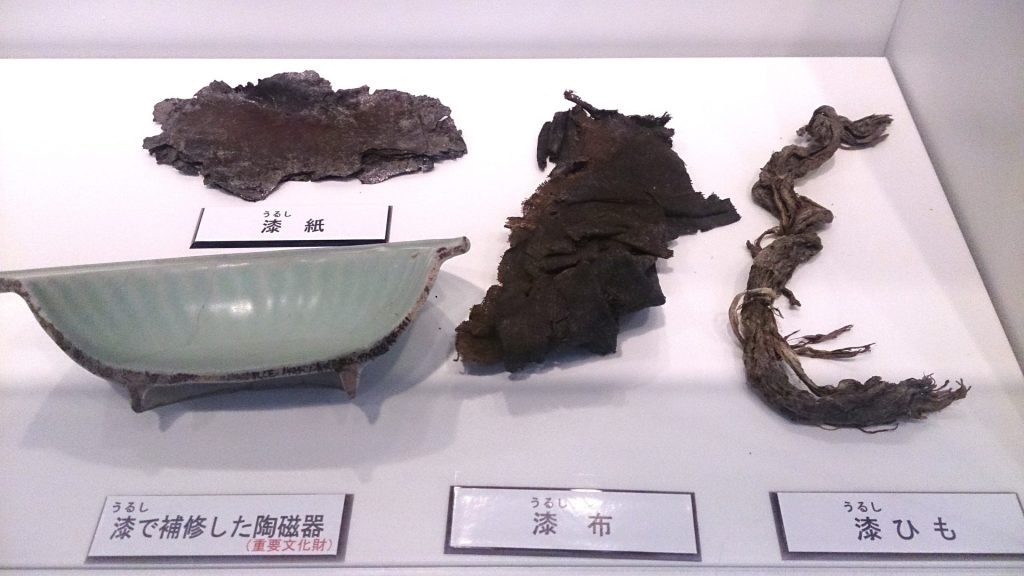
Furthermore, “maki-e,” a decorative urushi technique introduced to Japan during the Nara period, developed uniquely in Japan.


Spiritual Roots
In the Momoyama period, the tea ceremony style known as “wabi-cha” flourished. Influenced by Zen teachings, it valued the beauty of imperfection, known as “wabi-sabi.”
This led to the practice of decorating urushi-repaired pottery with maki-e, intentionally highlighting the traces of repair.
According to the book “Nanporoku,” Sen no Rikyu stated that it was acceptable to use pottery repaired with urushi.
This suggests that kintsugi began during Rikyu’s era.
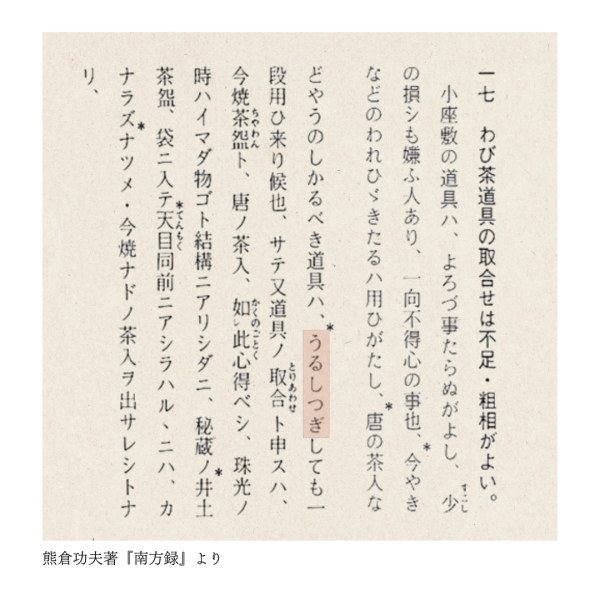

Kintsugi Today
There are three main types of kintsugi practiced today:
● “Modern Kintsugi”
: which uses many synthetic chemicals
*It is made from materials that are not suitable for tableware.
*In many cases, “Modern Kintsugi” is referred to as “Kintsugi.”
● “Urushi Kintsugi”
: which uses natural urushi
*Uses irritating solvents such as turpentine.
*Some people may be allergic to turpentine.
● “Shizenha-Kintsugi (Natural-Kintsugi)”
: which uses only natural materials
*It’s Food-safe
*Shizenha-kintsugi and Urushi kintsugi have the same appearance
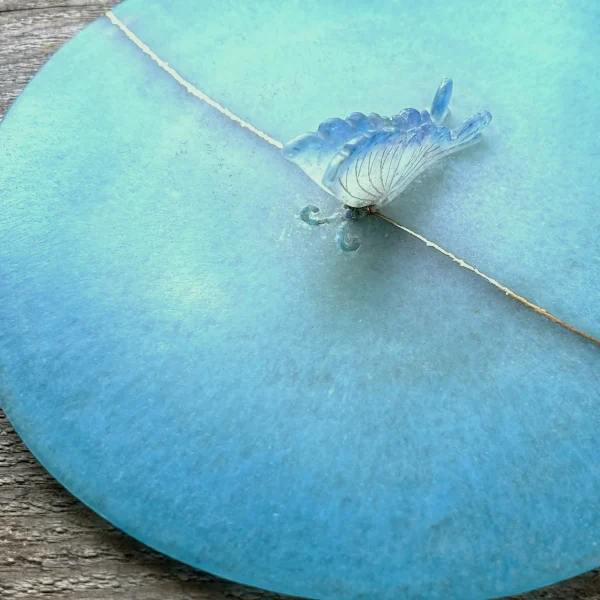
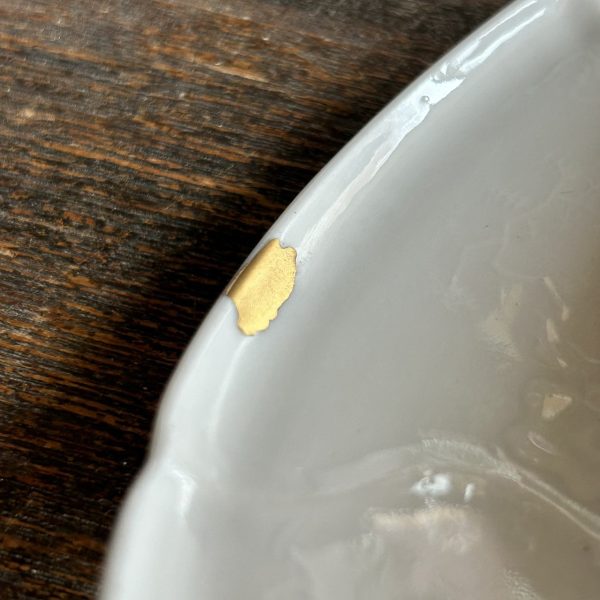
From the perspective of chemical contamination, there are problems with using “Modern Kintsugi” as tableware, so to ensure food safety and authenticity, you need to confirm that natural urushi lacquer is used.
